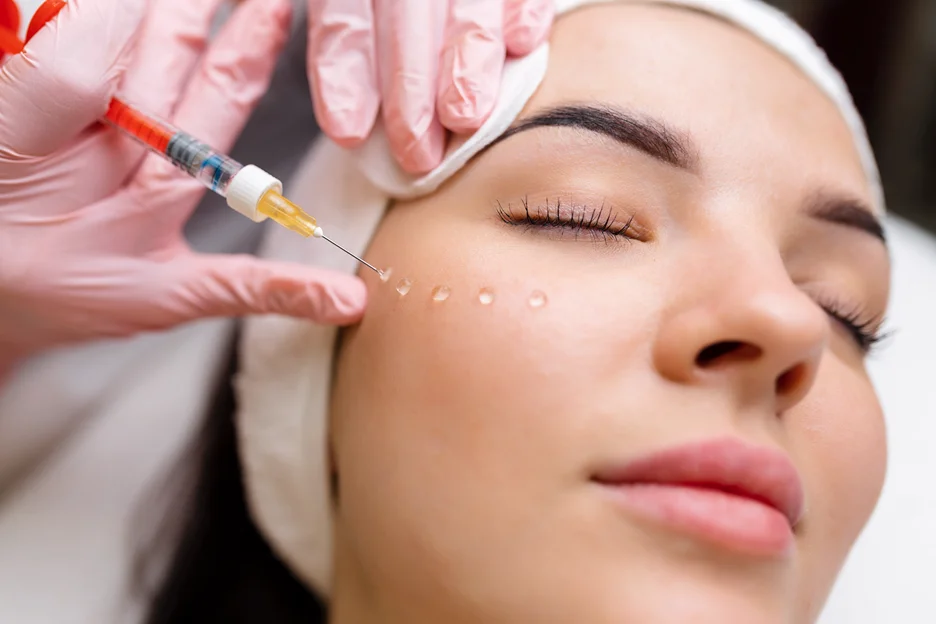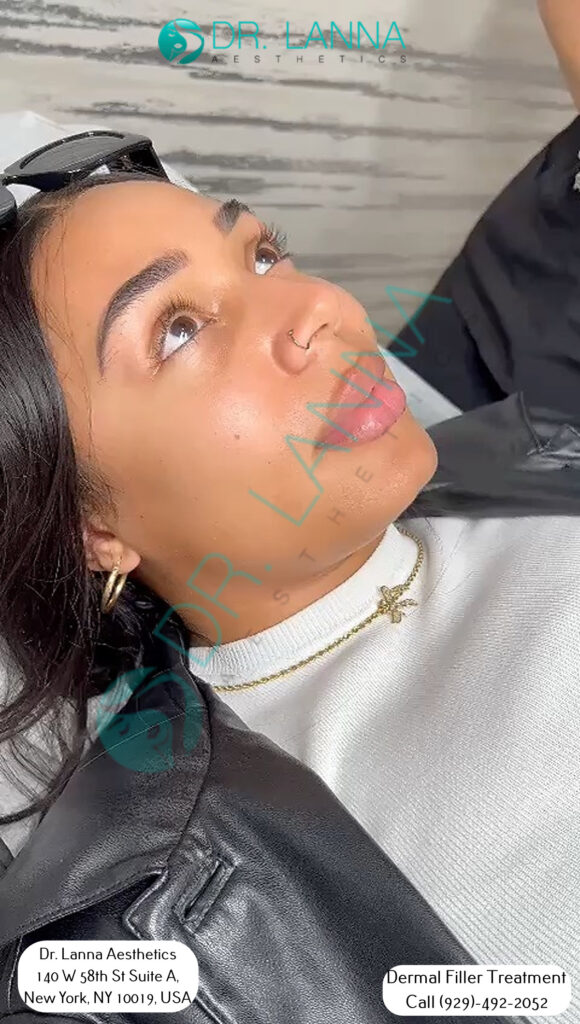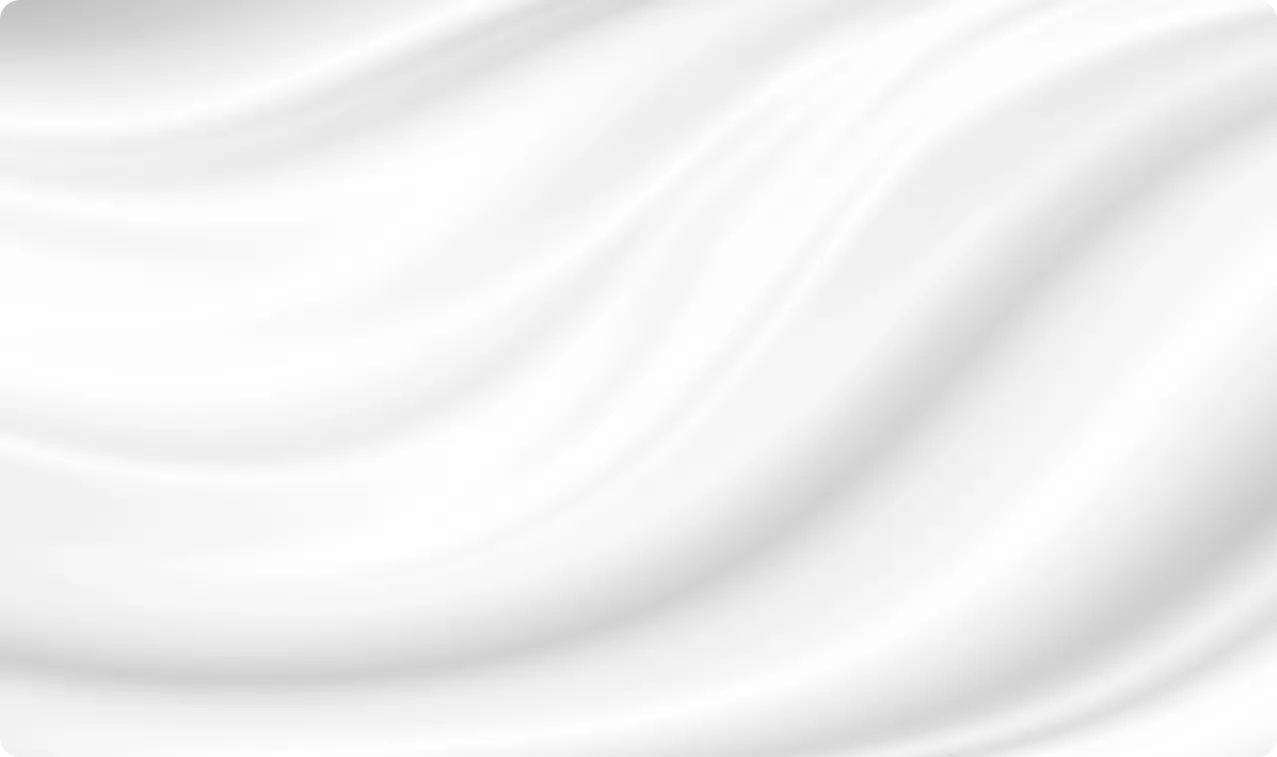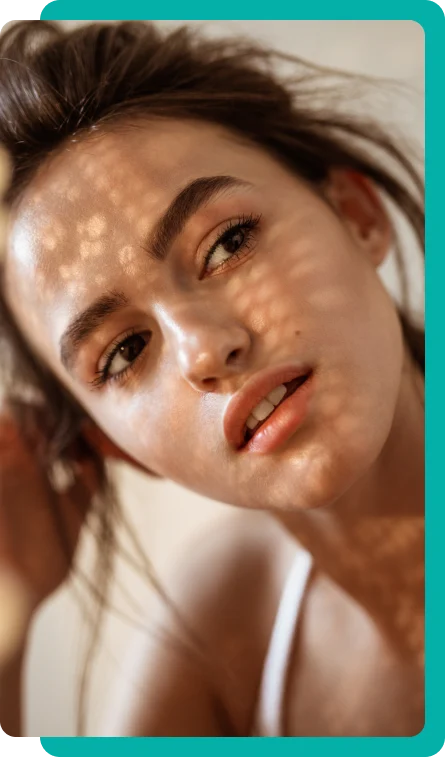Injectable fillers are one of the most popular cosmetic procedures for anyone who wants to enhance their facial features. This treatment doesn’t require intensive steps and has lesser downtime and aftercare than plastic surgery. However, dermal fillers aren’t completely without side effects and complications. There are cases when patients don’t get their desired results with their cheek fillers.
So what are the telltale signs of a botched filler treatment on the cheeks? A bad cheek filler injection may cause persistent swelling or puffiness in the treated area. Individuals may also experience having a pillow face or sunset eyes which can result from overfilling the cheeks. It may also cause allergic reaction symptoms, facial asymmetry, infection, and skin discoloration. To avoid these, you should look for a qualified and trained injector for your cheek filler treatment.
Dermal fillers have been around for a long time, earning a reputation as one of the best nonsurgical treatments for facial rejuvenation and cosmetic improvement. Every year, millions of people are getting facial fillers in the United States and it has maintained a high satisfaction rate among patients.
One reason why soft tissue fillers are so popular is that they’re minimally invasive. It’s an excellent treatment that can help erase wrinkles and fine lines, restore lost facial volume, improve contours, or accentuate your features without the risks and complications of cosmetic surgery.
In fact, injectable fillers are a widely accepted treatment for cheek augmentation today. A study shows that cheek fillers are great for volumizing and improving the shape and fullness of the cheeks. About 92.1% of the participating subjects in the said study reported being very satisfied with their cheek filler results. However, there’s still a possibility that cheek filler injections can go wrong, especially under the hands of an inexperienced injector.
The cheekbones are among the common injection sites for dermal fillers. The procedure is typically administered to provide higher cheeks, stronger contours, and a rounder and fuller shape. However, one thing about injecting the cheeks is that it requires precise skills and techniques to ensure that it doesn’t produce bad results or complications.
Botched cheek fillers are very rare but they may happen if you work with an amateur injector or unqualified aesthetic practitioner. Although dermal filler procedures aren’t surgical, they still need a good knowledge of facial anatomy and injection skills to ensure safe and successful treatments.
There are also late complications that may happen as a sign of a potential allergy to the facial filler material. Delayed reactions may also indicate a possible infection arising from administering the cheek filler injections in an unsterile environment. According to studies, late complications may appear within 2 to 6 weeks after the dermal filler treatment. Some adverse effects may even occur months or years after the cheek filler injection.

The results of injectable fillers aren’t immediate but if you don’t notice any improvement, it may be a sign that something has gone wrong in your cosmetic procedure. Here are the common signs that you’ve had a bad cheek filler treatment:
One possible complication from cheek fillers is the sunset eyes. It’s a phenomenon where your eyes appear smaller and drooping with an unnatural shape that resembles the image of a setting sun over the horizon. It usually happens when an untrained injector places too much dermal filler in the cheekbone or midface area.
Overfilling the cheeks causes a persistent swollen appearance which can almost conceal the natural eyelid and cheek junction, making the eyes look distorted or squashed together. Sunset eyes may also happen from tear trough filler injections.
Another condition that may occur from injecting too many fillers in the cheeks is a pillow face. Although you require as much volume as possible to address flat cheeks, there’s a limit to how much injectors can be placed to avoid an excessively puffed appearance. This condition may also happen when the fillers are placed below the cheekbone structure, causing the cheeks to look overly plump and making the jawline out of proportion.
Swelling is a common bodily reaction from dermal fillers and it can cause some unevenness to appear in the cheeks. However, if the treatment area remains asymmetrical or distorted for more than 2 weeks, it may be a result of poor injection technique or cheek filler migration.
An untrained injector may make the mistake of putting the filler in the wrong area, causing the cheeks to look disproportionate to other facial features. Poorly placed cheek fillers are also at risk of migrating or moving from the treatment site, which can cause unwanted volume or plumpness in the face. This may also happen from nose filler, chin filler, and lip filler injections.
There are also cases when prolonged swelling and cheek asymmetry may be some signs of allergic reaction to the dermal filler material used. The risk for allergies is relatively low, especially if a hyaluronic acid filler is used for the cheek treatment. Hyaluronic acid is a naturally occurring substance in the skin so there are very minimal chances of the body rejecting the filler or causing a hypersensitivity reaction.
Some allergic reactions may be caused by a sensitivity to the liquid gel where the active filler ingredient is suspended. It may also be caused by the anesthetic used during the cosmetic treatment. Some of the symptoms of allergic reaction that may require immediate medical attention are:
Another possible concern about cheek fillers is having an unnatural appearance. This can also be caused by overfilling the injection site leads to overly rounded apple cheeks. It’s also possible that improperly placed fillers may cause excessively high cheekbones or lift other areas of the face which has the opposite effect of restoring facial balance and correcting asymmetry.
Although a cheek filler treatment is non-surgical, it still requires injections that break the skin barrier. If the procedure is done in an unclean environment, there’s a risk of pathogens entering the skin once the needle has pierced the treatment area. The provider’s failure to disinfect the injection site prior to placing the cheek fillers may also result in an infection.
Some cheek fillers may also cause unusual discoloration in the treated site. This phenomenon is called the Tyndall effect which makes the skin have a bluish tone or discoloration after the filler injections. It happens when the dermal filler is placed superficially under the skin or if you have thin skin.
It’s also more likely in hyaluronic acid fillers since they have a transparent gel material that contains tiny particles that can easily reflect light. Placing the fillers too closely together may also increase the likelihood of the Tyndall effect.
Many dermal fillers have been approved by the US FDA for the safe and effective treatment of the cheeks. However, adverse events are still likely to occur, especially with the use of low-quality filler products and a lack of proper training and injection techniques. Here are some of the serious complications that may happen from a cheek filler procedure:
A granuloma is described as a localized area of inflammation that is caused by an immune response to the foreign body injection. They’re usually harmless with a low incidence rate of 0.02% or at least 1 in 100 patients. Granulomas are a type of delayed filler reaction that can appear within 6 to 12 months of the treatment. They may also spontaneously increase in size and last for several years if not treated properly.
This is a type of vascular complication that can occur when the facial fillers are injected incorrectly. This complication is more likely to occur when the filler is injected in the nasolabial fold, glabella, and nose region. There are two ways that a vascular occlusion can happen:
Studies show that vascular occlusion is rare and most cases have mild symptoms that can be easily managed. Here are the signs that you may have vascular occlusion:
Untreated vascular occlusion may lead to the death of the tissues in the treated area. This is a rare but serious side effect that will require reversing the fillers to alleviate the problem and prevent further complications. Some cases of tissue necrosis may occur immediately after the cheek filler procedure. The signs of tissue necrosis are skin blanching, severe pain, swelling, and bruising.
Cheek fillers are temporary so if you experience a bad result or an unwanted side effect, you can simply wait for the gel material to be dissolved. Once the fillers have been fully absorbed by the body, your cheeks will return to their original condition and you can get another cosmetic procedure. There are also ways you can reverse the cheek fillers with minimally invasive treatments.
It’s important that you immediately consult with your dermal filler provider or plastic surgeon if your body reacts negatively or you experience unusual side effects after the treatment. Depending on the type and extent of your filler complication, here are the possible solutions that can help:
If your injector uses a hyaluronic acid-based filler, they can simply inject hyaluronidase into the affected area. It’s a reversal agent that contains an enzyme that can break down the filler material and help return your skin to its condition before the treatment. Some cases of granulomas caused by an HA filler may also be treated with hyaluronidase injections.
In cases where you don’t see any improvement in the cheek area, your provider may inject additional fillers to help you achieve your desired volume and fullness. If there’s facial asymmetry, they may also place fillers in certain areas to balance your facial features and highlight your cheekbones.
Late inflammatory reactions, such as granulomas, may benefit from intralesional corticosteroid injections. They can be used in conjunction with systemic antibiotics for better management and improvement of symptoms. Laser treatment may also be combined with corticosteroid therapy to help reduce the appearance of granulomas, lumps, and nodules from fillers.
Severe cases of granulomas and lumps may require to be surgically removed. The surgical excision is somewhat invasive and is only recommended as a last resort for adverse events from dermal fillers. Additionally, this option is only used for more permanent fillers that are made of other materials than hyaluronic acid, such as Radiesse or Sculptra Aesthetic.

It’s always better to get your cheek fillers from an experienced provider so you don’t have to worry about bad results or adverse effects. But the moment you see an unwanted effect from your injectable filler, you should immediately tell your injector or healthcare provider so you can get the appropriate reversal treatment.
Dr. Lanna Aesthetics is a trusted med spa practice that has extensive experience in successful dermal filler injections. Our team has helped many patients across New York City with their aesthetic concerns and provided them with their desired outcomes. Call us today to book a consultation or learn more about our cheek filler procedures.

New Patients Enjoy $100 OFF on Tox or Filler Appointments!
*minimum 1 full syringe or minimum 25 units; Cannot be combined
